Fashion
The double-standard: Is “Made in the USA” always ethically made?
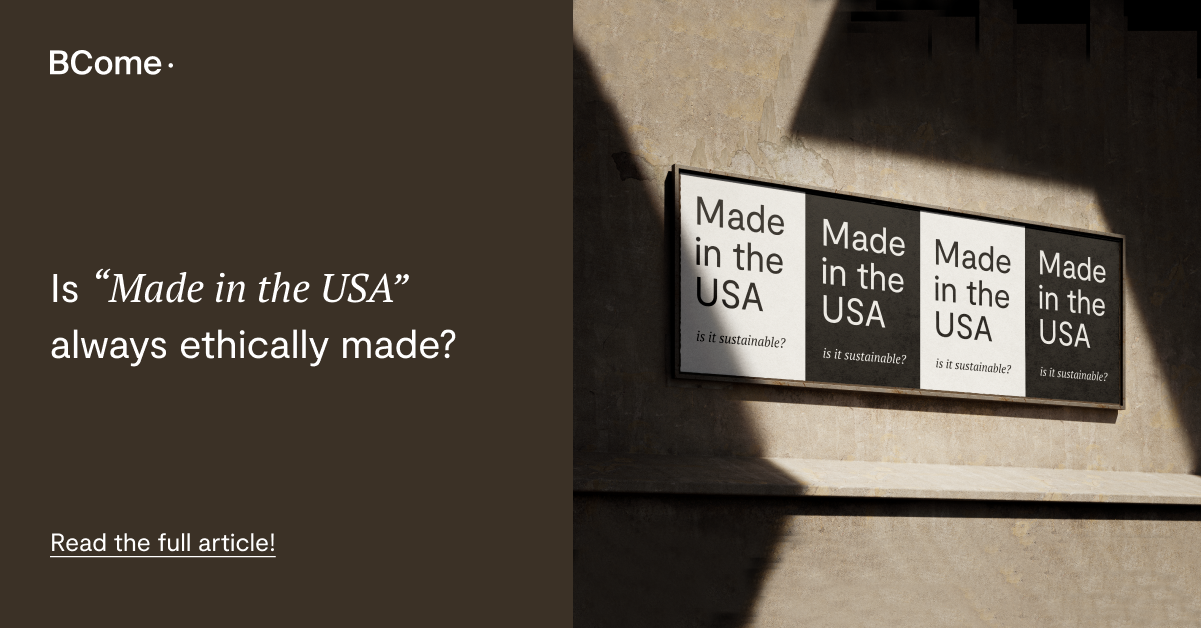
In recent years, the “Made in the USA” label has become synonymous with quality and ethical manufacturing practices. Many consumers associate this label with fair wages, safe working conditions, and environmentally friendly practices. However, the reality is more complex. While there are many ethical manufacturers in the United States, the assumption that all American-made products are inherently ethical is a double-standard that warrants closer examination.
The assumption that all American-made products are inherently ethical is a double-standard that warrants closer examination
Where do the ethical assumptions come from?
The perception that products made in the USA are always ethically produced stems from several factors. Firstly, the United States has relatively stringent labor laws compared to many other countries. The Fair Labor Standards Act (FLSA) sets minimum wage, overtime pay, record-keeping, and youth employment standards. Additionally, the Occupational Safety and Health Administration (OSHA) regulates workplace safety, aiming to reduce work-related injuries, illnesses, and deaths.
These regulations create a framework that can lead to better working conditions. Furthermore, the environmental regulations enforced by agencies like the Environmental Protection Agency (EPA) are designed to minimize pollution and encourage sustainable practices.
The reality check
Despite these regulations, ethical lapses can and do occur within American manufacturing. A few key areas highlight the potential ethical issues:
- Labor violations. Despite labor laws, violations are not uncommon. The US Department of Labor often uncovers wage theft, unsafe working conditions, and exploitation of vulnerable workers, particularly in industries such as agriculture, construction, and garment manufacturing. Reports indicate that some manufacturers, especially smaller ones, may not fully comply with labor laws, sometimes due to insufficient enforcement or oversight.
- Subcontracting and supply chains. Many American brands subcontract portions of their production to smaller factories or overseas suppliers where labor conditions may not meet the same standards. This can lead to situations where the final product, while labeled “Made in the USA,” involves unethical practices at some stage of its production.
- Environmental concerns. While the U.S. has significant environmental regulations, enforcement can be inconsistent. Some industries, such as chemical manufacturing, have been found to pollute waterways and air impacting local communities’ health and the environment. The Flint Water Crisis is a poignant example of how regulatory failures can lead to severe public health issues.
What should fashion companies do to meet ethical manufacturing standards?
To navigate the complex landscape of ethical manufacturing, some brands go above and beyond the minimum legal requirements. Certifications like Fair Trade USA, Global Organic Textile Standard (GOTS), and the Responsible Wool Standard (RWS) offer additional assurance of ethical practices.
In order to improve the state of ethical manufacturing, traceability and conducting a Life Cycle Assessment can help prevent risks
In addition to having certifications, the “Made in the USA” label is not a guaranteed indicator of ethical manufacturing. While American labor and environmental regulations provide a foundation for ethical practices, gaps in enforcement and the complexities of global supply chains mean that not all products bearing this label are ethically made. In order to improve the state of ethical manufacturing with clothes that are made in the USA, traceability to identify ethical risks, along with the whole value chain, and conducting a Life Cycle Assessment can help prevent risks while moving from one stage to another.
Traceability plays a crucial role in identifying and mitigating ethical risks along the entire value chain in the clothing industry. By tracking the origin, journey, and transformation of materials, companies can ensure that ethical standards are maintained from the raw material stage to the finished product. Traceability enables companies to:
- Verify compliance. Ensure all suppliers adhere to ethical standards, including fair labor practices, environmental sustainability, and human rights protections.
- Identify gaps. Detect and address potential ethical violations, such as unsafe working conditions or environmentally harmful practices, before they escalate.
- Enhance transparency. Provide consumers with verifiable information about the ethical practices involved in producing their clothing, thereby building trust and brand loyalty.
Conducting Life Cycle Assessments (LCA) is instrumental in preventing risks from shifting from one stage of the value chain to another. An LCA evaluates the environmental and social impacts of a product throughout its life cycle, from raw material extraction to disposal. Here’s how LCAs contribute to mitigating ethical risks:
- Holistic evaluation. By examining every stage of the product’s life cycle, LCAs help identify potential ethical risks across the entire value chain, ensuring that improvements in one area do not lead to issues in another.
- Informed decision-making. Companies can make more informed decisions about sourcing, production, and distribution, choosing processes and materials that minimize negative ethical impacts.
- Continuous improvement. LCAs provide a framework for ongoing assessment and improvement, allowing companies to adapt and refine their practices to address emerging ethical concerns.
At BCome, we support your fashion business in ensuring that regardless of the “made in” label on your products, the entire journey from raw material extraction to the finished product delivery meets the highest ethical standards. Our mission is to help you identify areas for improvement. We tailor our services to your specific needs, shall we talk?
Fashion Models
The Top 10 Highest Paid Models of 2022 | Runway Collection
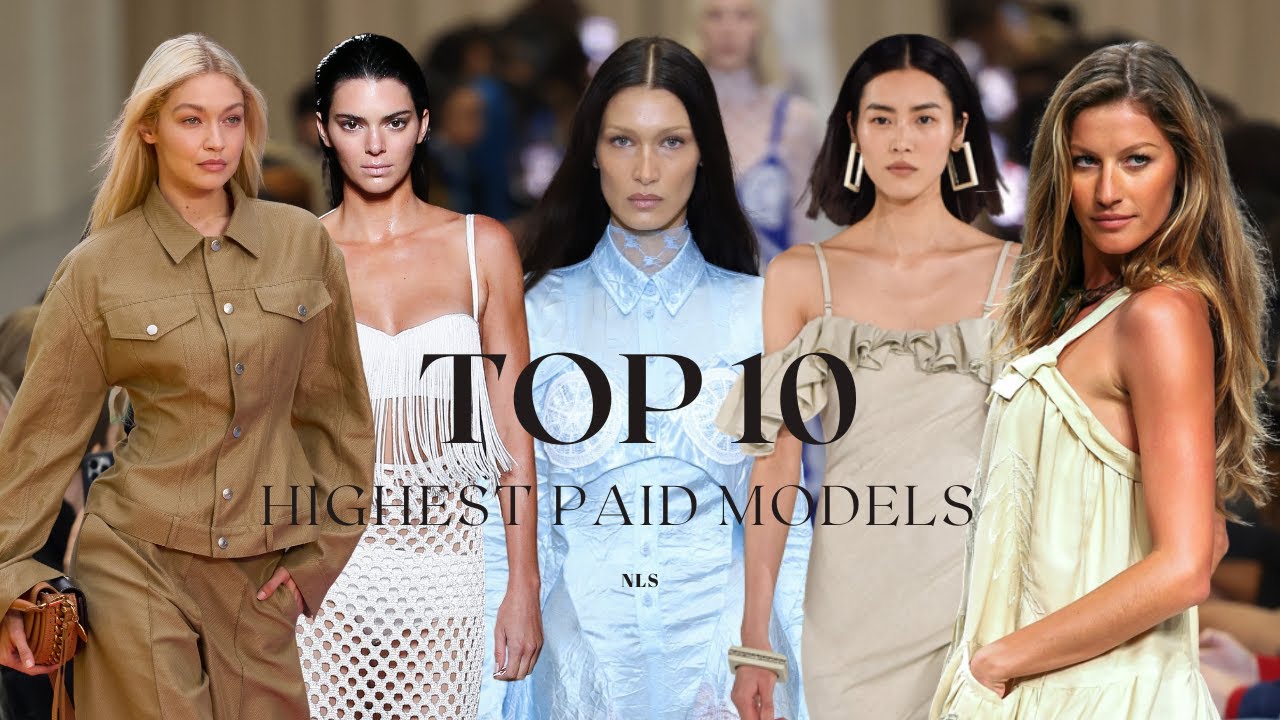
NLS MODELS PRESENT top 10 highest paid models 2022.
Suscribe to! ♥️🙏🏻
TikTok: @models.nls
MUSIC:
Cyberpunk- Max Brhon
Redemption- Max Brhon
Danell Arma- Let’s do this
Time Stamps:
0:00 Introduction
0:15 Liu Wen
0:55 Joan Smalls
2:05 Bella Hadid
4:13 Gigi Hadid
5:43 Cara Dlevigne
7:33 Adriana Lima
8:36 Rosie Huntington
9:37 Gisele Bündchen
11:10 Chrissy Teigen
11:28 Kendall Jenner
Models:Bella Hadid, Gigi Hadid, Kendall Jenner, Liu Wen, Adriana Lima, Gisele Bundchen, Joan Smalls, Rosie Huntington, Chrissy Teigen, Cara Delevigne.
Liu Wen: Liu Wen for Chloé, Liu Wen for Tod’s, Liu Wen for Versace, Liu Wen for Jacquemus, Liu Wen for Valentino.
Joan Smalls: Joan Smalls for Jacquemus, Joan Smalls for Jean Paul Gaultier, Joan Smalls for Moschino, Joan Smalls for Tom Ford, Joan smalls for Versace.
Bella Hadid: Bella Hadid for Versace, Bella Hadid for Michael Kors, Bella Hadid for Thom Browne, Bella Hadid for Ports 1961, Bella Hadid for Coperni. Bella Hadid Runway. Bella Hadid iconic moments.
Gigi Hadid: Gigi Hadid for Michael Kors, Gigi Hadid for Versace, Gigi Hadid for Stella Mcartney, Gigi Hadid for Ralph Lauren, Gigi Hadid for Moschino. Gigi Hadid hair flip. Gigi Hadid Runway.
Cara Delevigne: Cara Delevigne for Ami Pris, Cara Delevigne for TopShop, Cara Delevigne for Burberry, Cara Delevigne for Balmain, Cara Delevigne for Chanel.
Adriana Lima: Adriana Lima for Versace, Adriana Lima for Miu Miu, Adriana lima for Victoria’s secret.
Rosie Huntington: Rosie Huntingtong for Balmain, Rosie Huntington for Versace.
Gisele Bündchen: Gisele Bündchen for Chanel, Gisele Bündchen for Balenciaga, Gisele Bündchen for Versace, Gisele Bündchen for Victoria’s Secret. Gisele Bundchen Runway.
Kendall Jenner: Kendall Jenner for Proenza Schouler, Kendall Jenner for Corregés, Kendall Jenner for Michael Kors, Kendall Jenner for Versace, Kendall Jenner Runway.
Copyright Disclaimer under section 107 of the Copyright Act of 1976, allowance is made for “fair use” for purposes such as criticism, comment, news reporting, teaching, scholarship, education and research. All the videos, sources of information, songs, images, and graphics used in the video belong to their respective owners and this channel does not claim any right over them.
source
Fashion Models
Behind the Blinds
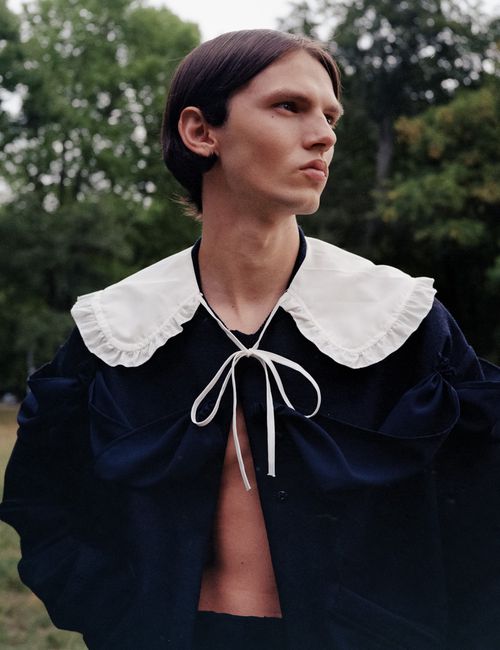
Fashion Models
Diotima
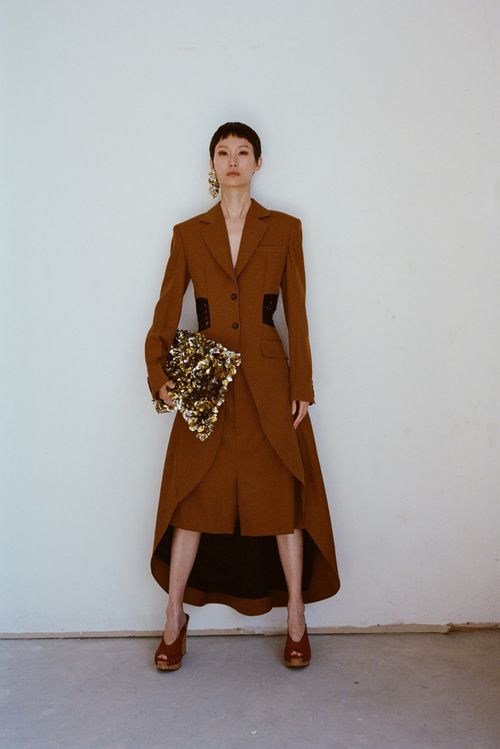
Fashion
Rappers who Broke Genders Norms with Women‘s Clothing #diddy #youngthug #jadensmith #kidcudi #shorts
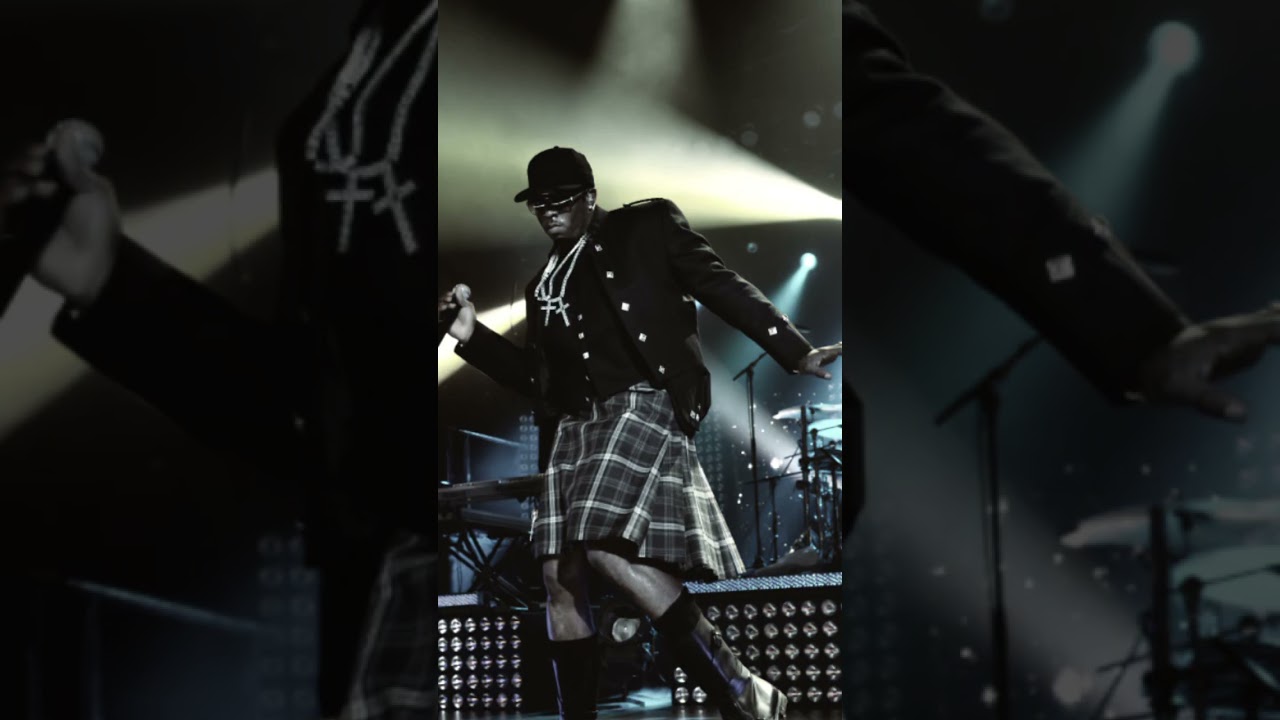
In recent years, several male rappers have embraced fashion styles that challenge traditional gender norms, incorporating elements typically associated with women’s fashion. This style is often characterized by fluidity, androgyny, and a bold rejection of conventional masculine stereotypes. Here’s a closer look:
1. **Androgynous Fashion**: Artists like Young Thug have been pioneers in breaking down gender barriers in rap fashion. He has famously worn dresses, skirts, and sheer fabrics in both his music videos and public appearances. This androgynous style reflects a growing acceptance of fluidity in both gender and fashion, allowing rappers to express themselves more freely without conforming to rigid masculine standards.
2. **High-Fashion Influence**: Some rappers, such as Lil Uzi Vert and Jaden Smith, mix high-fashion with feminine elements. They wear items like blouses, tight-fitting clothing, handbags, and even skirts, often drawing from high-end designers like Gucci, Louis Vuitton, and Rick Owens. Their style often combines traditionally feminine silhouettes with more neutral or streetwear-inspired pieces, creating a hybrid, avant-garde look.
3. **Makeup and Accessories**: Beyond clothing, some male rappers have embraced traditionally feminine accessories and makeup. Jewelry like pearl necklaces, earrings, nail polish, and eyeliner have become part of their everyday looks, further blurring the lines between masculine and feminine aesthetics. A$AP Rocky, for example, is known for wearing pearl necklaces and experimenting with bold fashion choices that push gender norms.
This trend reflects a larger cultural shift toward inclusivity and self-expression, showing that in rap, fashion can be a powerful tool for challenging stereotypes and expressing individuality.
source
Fashion Models
Video
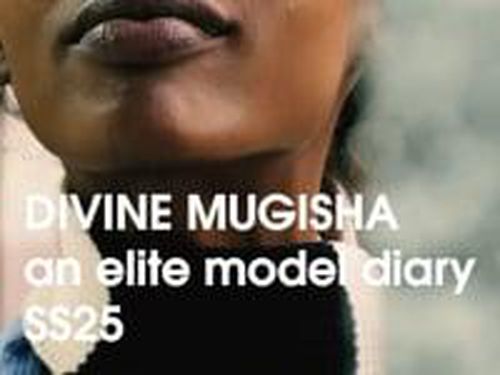
Fashion Models
Top 10 Hottest Australian Female Models #australiahotmodels
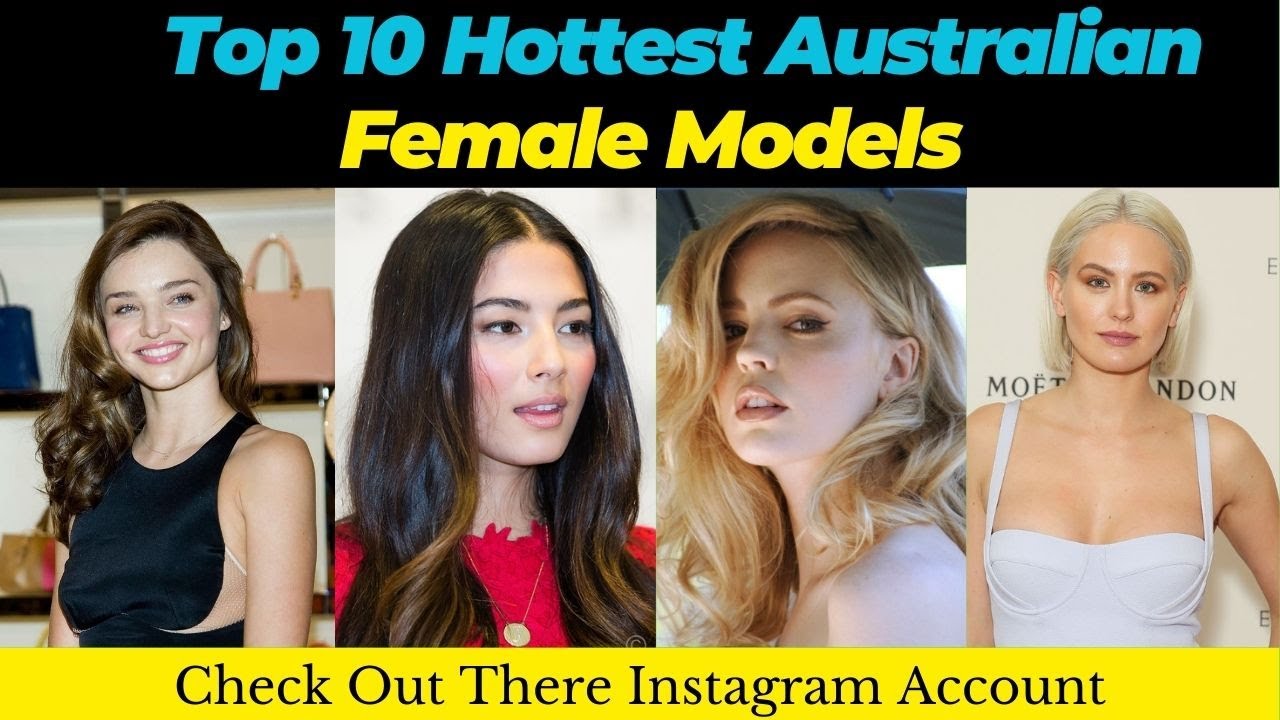
In this video we will figure out the most hot and beautiful Australian hot models.
#australian #australiahotmodels #australiahotgirls
Top 10 Hottest Australian Female Models 2023 | Australian models
source
-

 Sport8 hours ago
Sport8 hours agoJoshua vs Dubois: Chris Eubank Jr says ‘AJ’ could beat Tyson Fury and any other heavyweight in the world
-

 News1 day ago
News1 day agoYou’re a Hypocrite, And So Am I
-

 News8 hours ago
News8 hours agoIsrael strikes Lebanese targets as Hizbollah chief warns of ‘red lines’ crossed
-

 CryptoCurrency7 hours ago
CryptoCurrency7 hours agoEthereum is a 'contrarian bet' into 2025, says Bitwise exec
-

 Technology6 hours ago
Technology6 hours agoiPhone 15 Pro Max Camera Review: Depth and Reach
-

 CryptoCurrency7 hours ago
CryptoCurrency7 hours agoJourneys: Robby Yung on Animoca’s Web3 investments, TON and the Mocaverse
-

 CryptoCurrency7 hours ago
CryptoCurrency7 hours agoAre there ‘too many’ blockchains for gaming? Sui’s randomness feature: Web3 Gamer
-

 CryptoCurrency7 hours ago
CryptoCurrency7 hours agoHelp! My parents are addicted to Pi Network crypto tapper
-

 CryptoCurrency7 hours ago
CryptoCurrency7 hours agoSEC sues ‘fake’ crypto exchanges in first action on pig butchering scams
-

 CryptoCurrency7 hours ago
CryptoCurrency7 hours agoDecentraland X account hacked, phishing scam targets MANA airdrop
-

 CryptoCurrency7 hours ago
CryptoCurrency7 hours agoBitcoin miners steamrolled after electricity thefts, exchange ‘closure’ scam: Asia Express
-

 CryptoCurrency7 hours ago
CryptoCurrency7 hours agoCertiK Ventures discloses $45M investment plan to boost Web3
-

 CryptoCurrency7 hours ago
CryptoCurrency7 hours agoMemecoins not the ‘right move’ for celebs, but DApps might be — Skale Labs CMO
-

 CryptoCurrency7 hours ago
CryptoCurrency7 hours agoDorsey’s ‘marketplace of algorithms’ could fix social media… so why hasn’t it?
-

 CryptoCurrency7 hours ago
CryptoCurrency7 hours agoLow users, sex predators kill Korean metaverses, 3AC sues Terra: Asia Express
-

 CryptoCurrency7 hours ago
CryptoCurrency7 hours agoSEC asks court for four months to produce documents for Coinbase
-

 Science & Environment10 hours ago
Science & Environment10 hours ago‘Running of the bulls’ festival crowds move like charged particles
-

 Sport7 hours ago
Sport7 hours agoUFC Edmonton fight card revealed, including Brandon Moreno vs. Amir Albazi headliner
-

 MMA7 hours ago
MMA7 hours agoUFC’s Cory Sandhagen says Deiveson Figueiredo turned down fight offer
-

 Football7 hours ago
Football7 hours agoNiamh Charles: Chelsea defender has successful shoulder surgery
-

 Science & Environment10 hours ago
Science & Environment10 hours agoRethinking space and time could let us do away with dark matter
-

 Science & Environment10 hours ago
Science & Environment10 hours agoHow one theory ties together everything we know about the universe
-

 CryptoCurrency7 hours ago
CryptoCurrency7 hours agoSEC settles with Rari Capital over DeFi pools, unregistered broker activity
-

 News5 hours ago
News5 hours agoBrian Tyree Henry on voicing young Megatron, his love for villain roles
-

 Science & Environment21 hours ago
Science & Environment21 hours agoQuantum time travel: The experiment to ‘send a particle into the past’
-

 Science & Environment7 hours ago
Science & Environment7 hours agoWe may have spotted a parallel universe going backwards in time
-

 CryptoCurrency7 hours ago
CryptoCurrency7 hours ago2 auditors miss $27M Penpie flaw, Pythia’s ‘claim rewards’ bug: Crypto-Sec
-

 CryptoCurrency7 hours ago
CryptoCurrency7 hours agoArthur Hayes’ ‘sub $50K’ Bitcoin call, Mt. Gox CEO’s new exchange, and more: Hodler’s Digest, Sept. 1 – 7
-

 CryptoCurrency7 hours ago
CryptoCurrency7 hours agoTreason in Taiwan paid in Tether, East’s crypto exchange resurgence: Asia Express
-

 CryptoCurrency7 hours ago
CryptoCurrency7 hours agoLeaked Chainalysis video suggests Monero transactions may be traceable
-

 CryptoCurrency7 hours ago
CryptoCurrency7 hours agoLouisiana takes first crypto payment over Bitcoin Lightning
-

 CryptoCurrency7 hours ago
CryptoCurrency7 hours agoCrypto whales like Humpy are gaming DAO votes — but there are solutions
-

 CryptoCurrency7 hours ago
CryptoCurrency7 hours agoFive crypto market predictions that haven’t come true — yet
-

 CryptoCurrency7 hours ago
CryptoCurrency7 hours ago$12.1M fraud suspect with ‘new face’ arrested, crypto scam boiler rooms busted: Asia Express
-

 CryptoCurrency7 hours ago
CryptoCurrency7 hours ago‘Everything feels like it’s going to shit’: Peter McCormack reveals new podcast
-

 CryptoCurrency7 hours ago
CryptoCurrency7 hours agoReal-world asset tokenization is the crypto killer app — Polygon exec
-

 Science & Environment10 hours ago
Science & Environment10 hours agoFuture of fusion: How the UK’s JET reactor paved the way for ITER
-

 CryptoCurrency7 hours ago
CryptoCurrency7 hours agoFed rate cut may be politically motivated, will increase inflation: Arthur Hayes
-

 CryptoCurrency7 hours ago
CryptoCurrency7 hours agoBinance CEO says task force is working ‘across the clock’ to free exec in Nigeria
-

 CryptoCurrency7 hours ago
CryptoCurrency7 hours agoElon Musk is worth 100K followers: Yat Siu, X Hall of Flame
-

 CryptoCurrency7 hours ago
CryptoCurrency7 hours agoBitcoin price hits $62.6K as Fed 'crisis' move sparks US stocks warning
-

 CryptoCurrency7 hours ago
CryptoCurrency7 hours agoCZ and Binance face new lawsuit, RFK Jr suspends campaign, and more: Hodler’s Digest Aug. 18 – 24
-

 CryptoCurrency7 hours ago
CryptoCurrency7 hours agoCardano founder to meet Argentina president Javier Milei
-

 CryptoCurrency7 hours ago
CryptoCurrency7 hours agoBitcoin bull rally far from over, MetaMask partners with Mastercard, and more: Hodler’s Digest Aug 11 – 17
-

 CryptoCurrency7 hours ago
CryptoCurrency7 hours agoTelegram bot Banana Gun’s users drained of over $1.9M
-

 CryptoCurrency7 hours ago
CryptoCurrency7 hours agoEthereum falls to new 42-month low vs. Bitcoin — Bottom or more pain ahead?
-

 CryptoCurrency7 hours ago
CryptoCurrency7 hours agoBlockdaemon mulls 2026 IPO: Report
-
Business6 hours ago
How Labour donor’s largesse tarnished government’s squeaky clean image
-
Business6 hours ago
UK hospitals with potentially dangerous concrete to be redeveloped
-
Business5 hours ago
Axel Springer top team close to making eight times their money in KKR deal
-

 News5 hours ago
News5 hours ago“Beast Games” contestants sue MrBeast’s production company over “chronic mistreatment”
-

 News5 hours ago
News5 hours agoSean “Diddy” Combs denied bail again in federal sex trafficking case in New York
-

 News5 hours ago
News5 hours agoBrian Tyree Henry on his love for playing villains ahead of “Transformers One” release
-

 News5 hours ago
News5 hours agoBrian Tyree Henry on voicing young Megatron, his love for villain roles
-

 Technology3 days ago
Technology3 days agoYouTube restricts teenager access to fitness videos
-

 News9 hours ago
News9 hours agoChurch same-sex split affecting bishop appointments
-

 Politics2 days ago
Politics2 days agoTrump says he will meet with Indian Prime Minister Narendra Modi next week
-

 Science & Environment11 hours ago
Science & Environment11 hours agoPhysicists have worked out how to melt any material
-

 Politics21 hours ago
Politics21 hours agoWhat is the House of Lords, how does it work and how is it changing?
-

 Politics22 hours ago
Politics22 hours agoKeir Starmer facing flashpoints with the trade unions
-

 Technology8 hours ago
Technology8 hours agoFivetran targets data security by adding Hybrid Deployment
-
News7 hours ago
Freed Between the Lines: Banned Books Week
-

 MMA7 hours ago
MMA7 hours agoDiego Lopes declines Movsar Evloev’s request to step in at UFC 307
-

 Football7 hours ago
Football7 hours agoSlot's midfield tweak key to Liverpool victory in Milan
-

 Science & Environment10 hours ago
Science & Environment10 hours agoHow to wrap your head around the most mind-bending theories of reality
-

 Fashion Models6 hours ago
Fashion Models6 hours agoMiranda Kerr nude
-

 Fashion Models6 hours ago
Fashion Models6 hours ago“Playmate of the Year” magazine covers of Playboy from 1971–1980
-
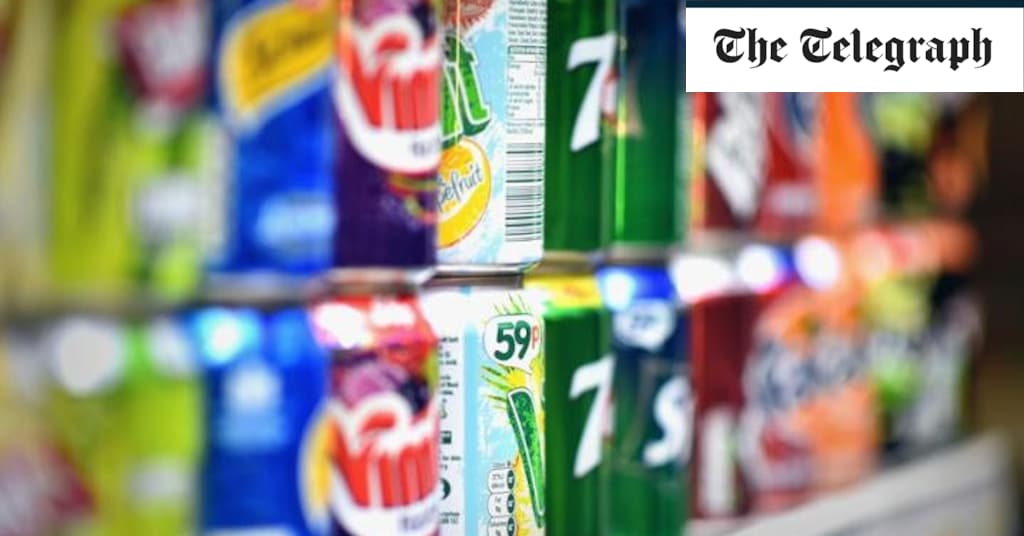
 Health & fitness2 days ago
Health & fitness2 days ago11 reasons why you should stop your fizzy drink habit in 2022
-

 Politics6 hours ago
Politics6 hours agoLabour MP urges UK government to nationalise Grangemouth refinery
-

 Science & Environment14 hours ago
Science & Environment14 hours agoHow Peter Higgs revealed the forces that hold the universe together
-
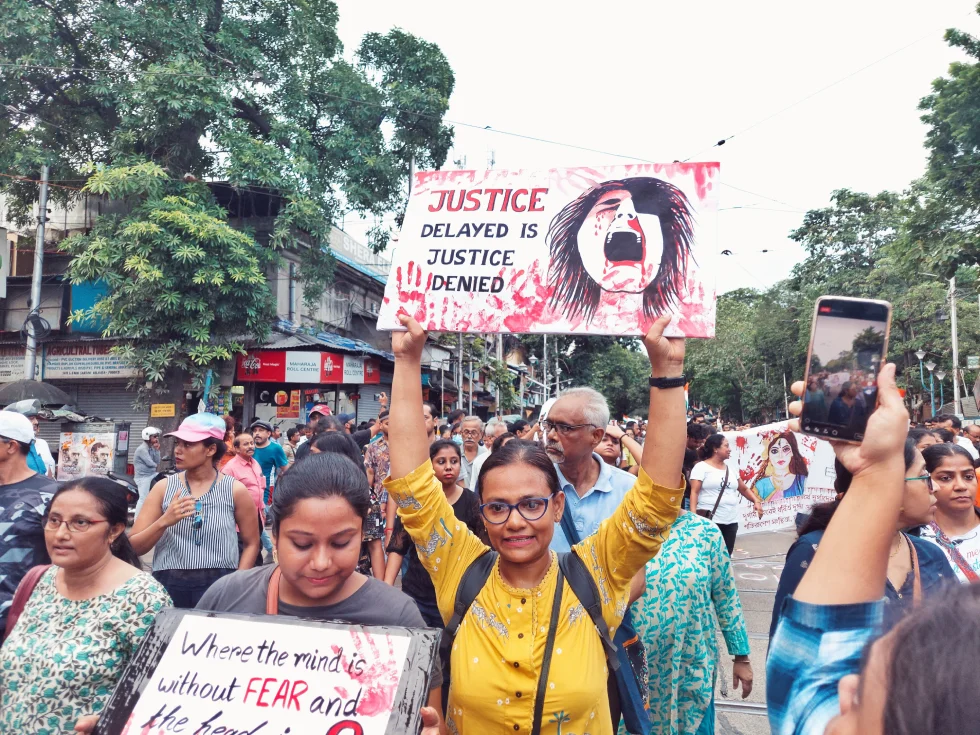
 News4 days ago
News4 days agoIndia Now Moves from Deliberations to Deliverables on Crimes Against Women
-

 Science & Environment9 hours ago
Science & Environment9 hours agoOdd quantum property may let us chill things closer to absolute zero
-

 Science & Environment16 hours ago
Science & Environment16 hours agoQuantum forces used to automatically assemble tiny device
-

 Entertainment5 hours ago
Entertainment5 hours ago“Jimmy Carter 100” concert celebrates former president’s 100th birthday
-

 Science & Environment18 hours ago
Science & Environment18 hours agoSunlight-trapping device can generate temperatures over 1000°C
-

 News5 hours ago
News5 hours agoJoe Posnanski revisits iconic football moments in new book, “Why We Love Football”
-

 Health & fitness2 days ago
Health & fitness2 days agoHow to adopt mindful drinking in 2022
-

 Health & fitness2 days ago
Health & fitness2 days agoWhat 10 days of a clean eating plan actually does to your body and why to adopt this diet in 2022
-

 Health & fitness2 days ago
Health & fitness2 days agoWhen Britons need GoFundMe to pay for surgery, it’s clear the NHS backlog is a political time bomb
-

 Science & Environment20 hours ago
Science & Environment20 hours agoQuantum to cosmos: Why scale is vital to our understanding of reality
-

 Technology3 days ago
Technology3 days agoTrump says Musk could head ‘government efficiency’ force
-

 Science & Environment1 day ago
Science & Environment1 day agoParticle physicists may have solved a strange mystery about the muon
-

 Science & Environment22 hours ago
Science & Environment22 hours agoHow the weird and powerful pull of black holes made me a physicist
-
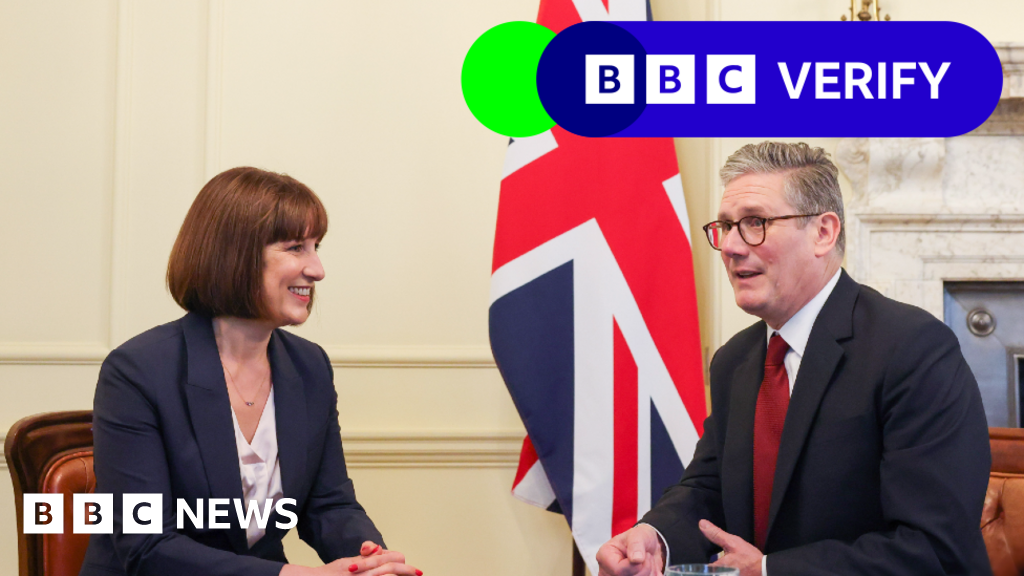
 Politics20 hours ago
Politics20 hours agoIs there a £22bn ‘black hole’ in the UK’s public finances?
-

 Science & Environment20 hours ago
Science & Environment20 hours agoX-ray laser fires most powerful pulse ever recorded
-

 Science & Environment19 hours ago
Science & Environment19 hours agoHow indefinite causality could lead us to a theory of quantum gravity
-

 Science & Environment18 hours ago
Science & Environment18 hours agoDoughnut-shaped swirls of laser light can be used to transmit images
-

 Science & Environment17 hours ago
Science & Environment17 hours agoWhy we are finally within reach of a room-temperature superconductor
-

 Science & Environment17 hours ago
Science & Environment17 hours agoBlack holes scramble information – but may not be the best at it
-

 Science & Environment16 hours ago
Science & Environment16 hours agoThe galactic anomalies hinting dark matter is weirder than we thought
-

 CryptoCurrency7 hours ago
CryptoCurrency7 hours agoBitcoin will ‘start ripping’ as Trump’s polls improve: Felix Hartmann, X Hall of Flame
-

 CryptoCurrency7 hours ago
CryptoCurrency7 hours agoTelegram CEO cannot leave France, OpenSea receives Wells notice, and more: Hodler’s Digest, Aug. 25 – 31
-

 CryptoCurrency7 hours ago
CryptoCurrency7 hours agoSolana unveils new Seeker device, says it’s not just a ‘memecoin phone’
-

 CryptoCurrency7 hours ago
CryptoCurrency7 hours agoCrypto scammers orchestrate massive hack on X but barely made $8K
-
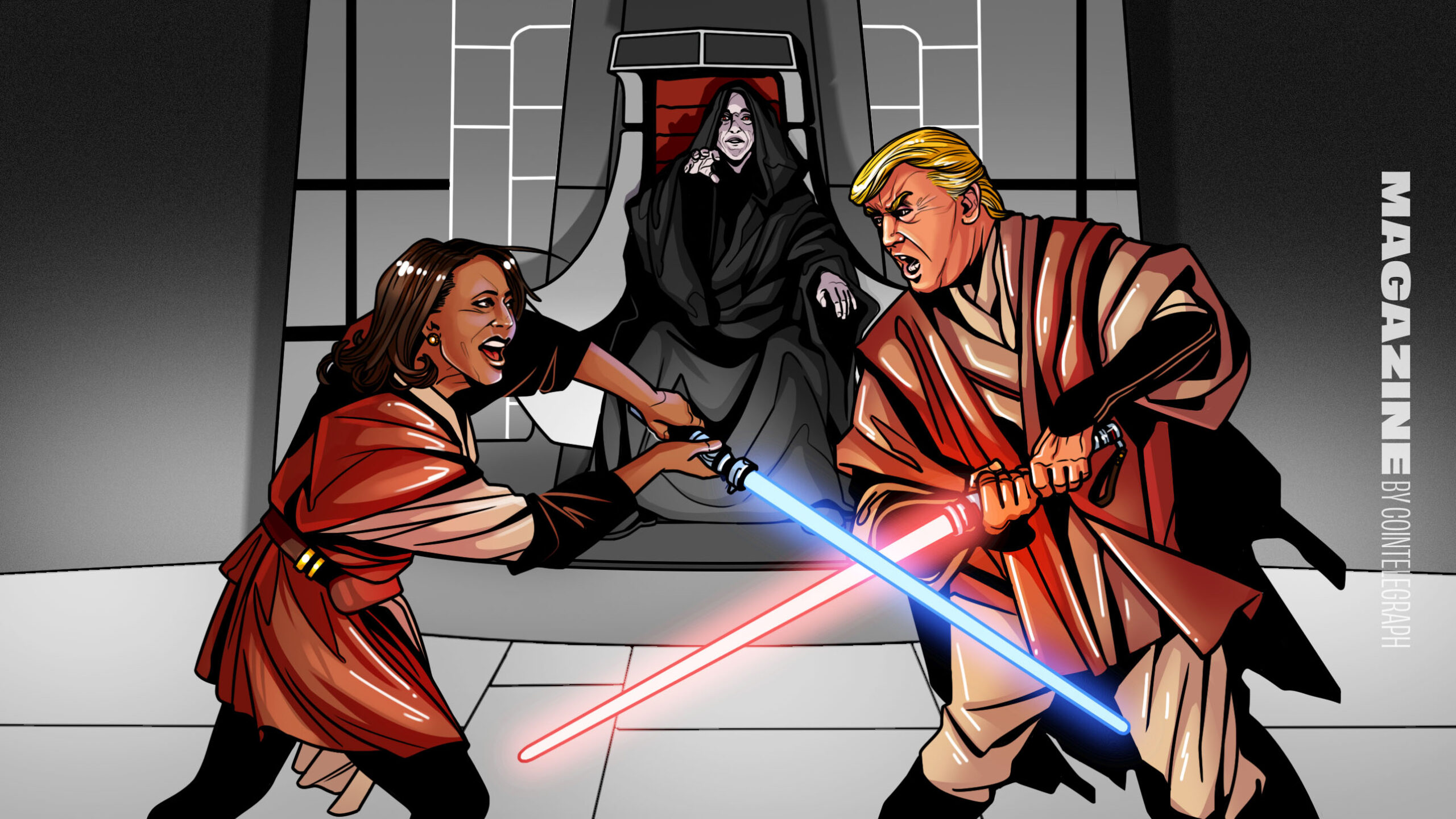
 CryptoCurrency7 hours ago
CryptoCurrency7 hours agoBitcoiners are ‘all in’ on Trump since Bitcoin ’24, but it’s getting risky
-

 Science & Environment10 hours ago
Science & Environment10 hours ago‘Sound laser’ is the most powerful ever made
-

 Science & Environment10 hours ago
Science & Environment10 hours agoJupiter’s stormy surface replicated in lab
-

 Science & Environment10 hours ago
Science & Environment10 hours agoA tale of two mysteries: ghostly neutrinos and the proton decay puzzle
-
Politics10 hours ago
Owen Paterson loses ECHR appeal against report that preceded downfall | Owen Paterson
-

 CryptoCurrency7 hours ago
CryptoCurrency7 hours agoShift to new server provider restores X in Brazil for some users




You must be logged in to post a comment Login